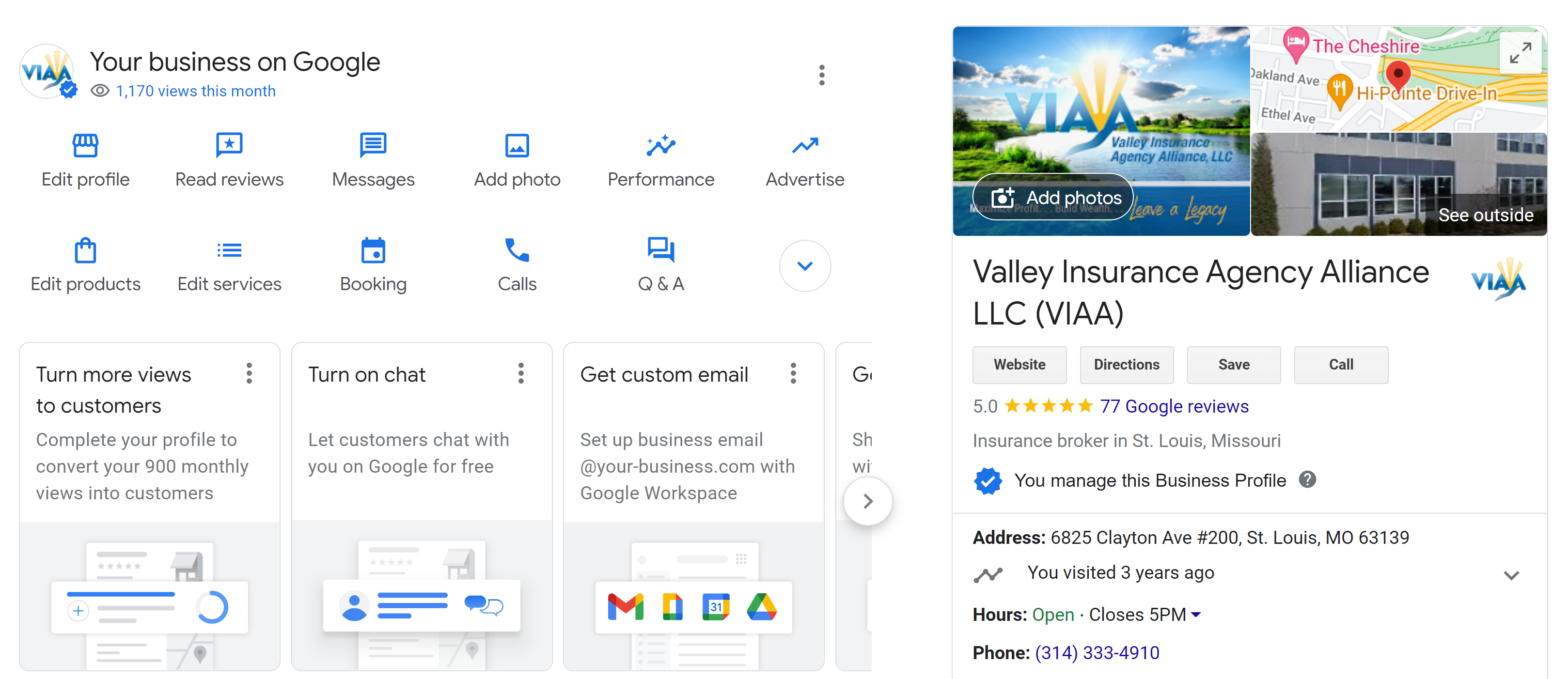With our fresh start for 2016, we would like to focus on some important information regarding workers’ compensation. The work comp policy is very short in comparison to many other commercial policies. Do not mistake the lack of forms for the true complexity of a workers’ comp policy. Despite the seeming simplicity of the ACORD 130 in comparison to some of the other ACORD applications, it is very important that it is filled out correctly. What is shown on the application determines how the policy will be rated. If the policy is not rated correctly, the insured may not have the coverages in place that are needed. This leaves you open to E&O claims.
Item 3A, found on the information page of a standard workers’ compensation insurance policy, states: “Workers Compensation Insurance: Part One of the policy applies to Workers Compensation Law of the States Listed Here:” It’s in Item 3A where you will find the list of states where workers comp coverage under the policy in question will apply. Do not be confused with Item 3C which is Other States Insurance! For primary workers’ compensation insurance to apply in any state it must be listed in 3A.
Where is Item 3A on the ACORD 130 application? It is that pesky little box on the first page of the Acord 130 that is often left blank. The states in this box determine the states of coverage.
To be safe, and if allowed by the insurance carrier, states that are essentially required to be listed as 3A “primary states” include:
- The state where the insured’s home office is located (state of domicile)
- States in which the insured’s branch offices are located
- Insured’s state of Incorporation (if other than one of the above states)
- Any state where a subcontractor is hired to perform work, especially if the subcontractor does not provide proof of workers’ compensation protection
- Any state where the insured is required to register to conduct business
- Any state that does not reciprocate
- Any state where a contract of hire is made
- Any state that has “significant contact” with an employee (they live and work in the state)
- If the insured has employees in ND, Ohio, WA, or WY they have to purchase from that state — these states should not be shown in 3A
It is recommended that the following states also be listed as 3A states, if allowed by the underwriter
- States in which more than one or two employees work for a long period of time (beyond 30 straight days)
- Any state where even one employee works on a “regular” basis
The policy goes on to state “If you have work on the effective date of this policy in any state not listed in 3A then coverage will not be provided for that state unless the insurance company is notified within thirty days.”
If a state should be listed as a primary state (3A), but isn’t, there is no coverage for any worker injury that occurs in that state. The insured has 30 days to notify the insurance carrier that a specific state needs to be listed once work/operations begin in that state.
We are all in a hurry and have lots to do, but taking the couple extra minutes to obtain all the information needed to make sure you are properly insuring your client will be worth it in the end! When in doubt, list the state. There is no premium if there is no payroll. It’s free to ensure protection.
What will you do to ensure that you have properly insured your client?



